In industries like marine construction, the penalty for skipping or rushing through “simple” industrial rigging inspections or “ordinary” storage practices can be catastrophic for all of our equipment and tools, but most importantly for the people involved.
For example, Brennan uses endless and synthetic slings (straps or tie downs) to hoist and secure all kinds of materials: from piping and equipment, to dredges and other vessels. Reliable slings are critical to the work we do. We must ensure they are in excellent working condition before we use them and maintain them for our teammates who must safely use them next. Here are a few important questions we answer from curious customers and our own people.

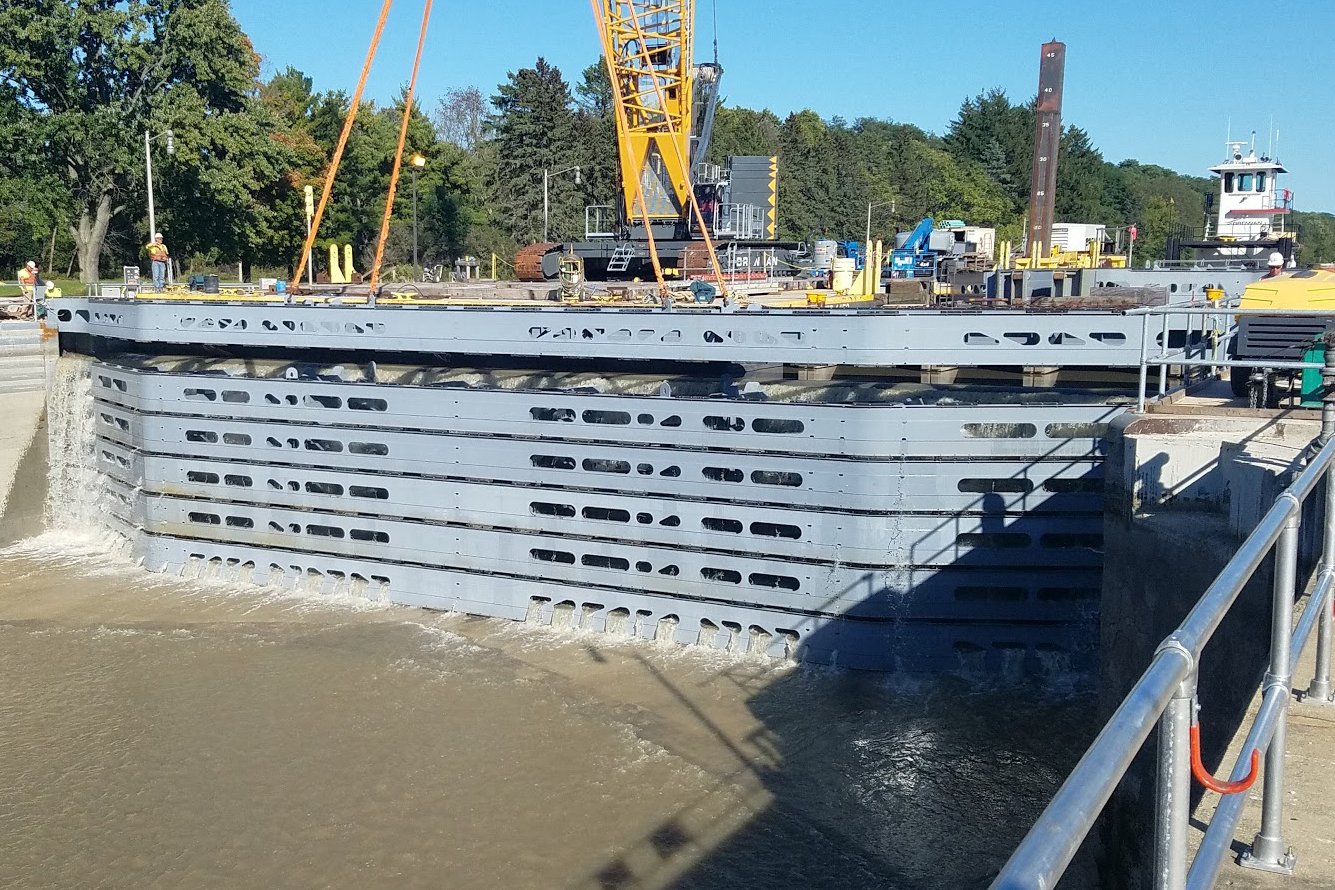
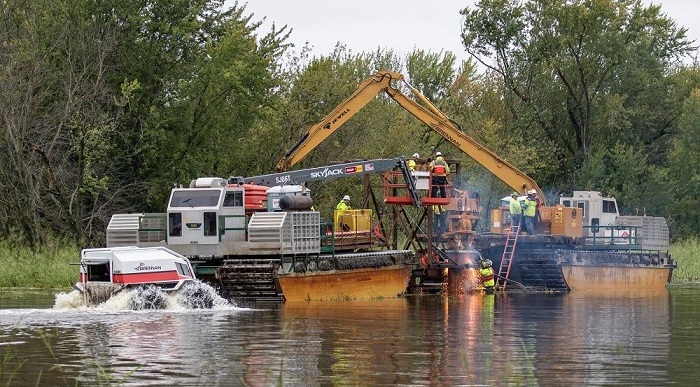
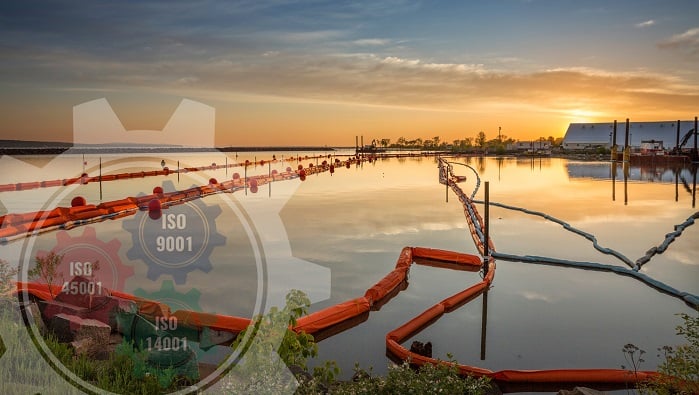
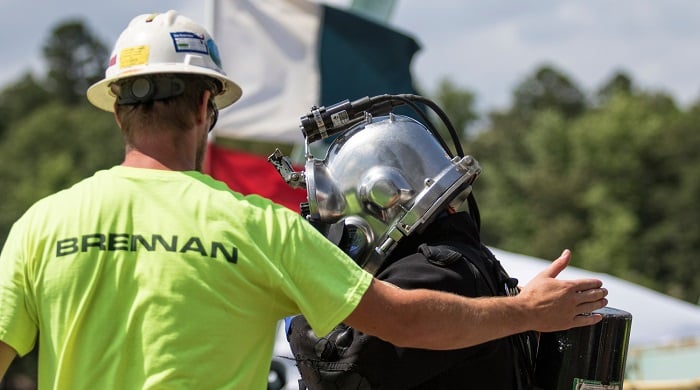
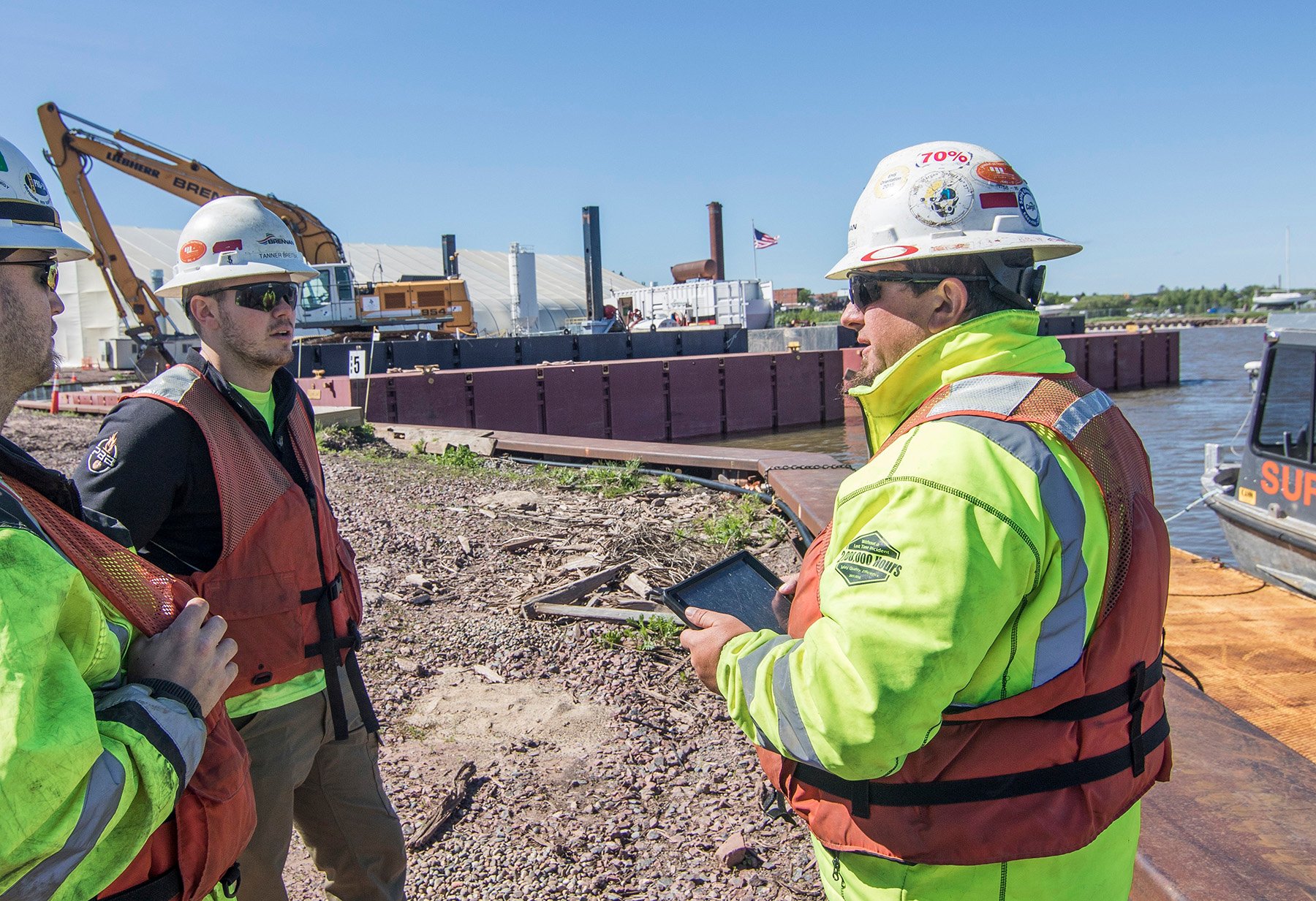
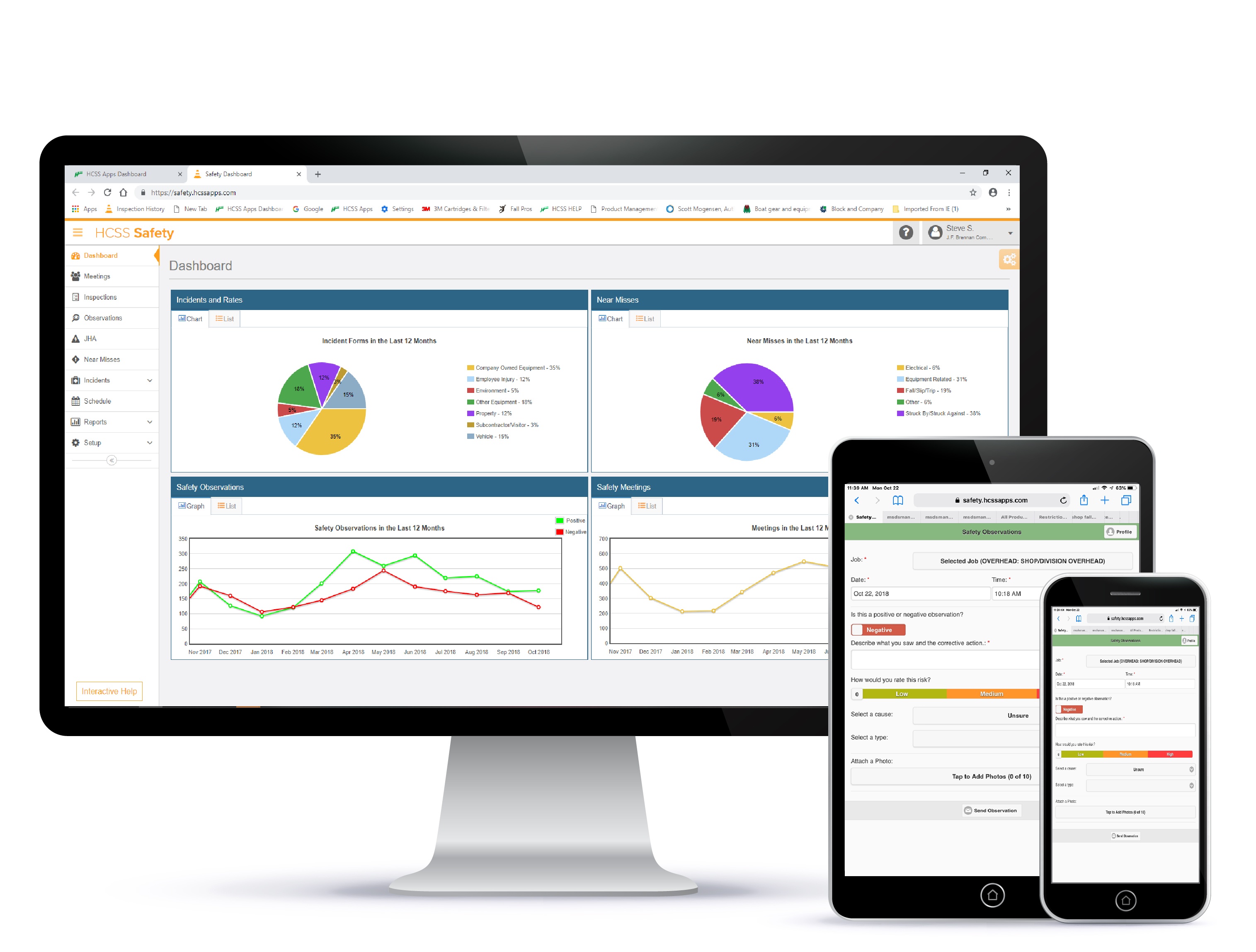
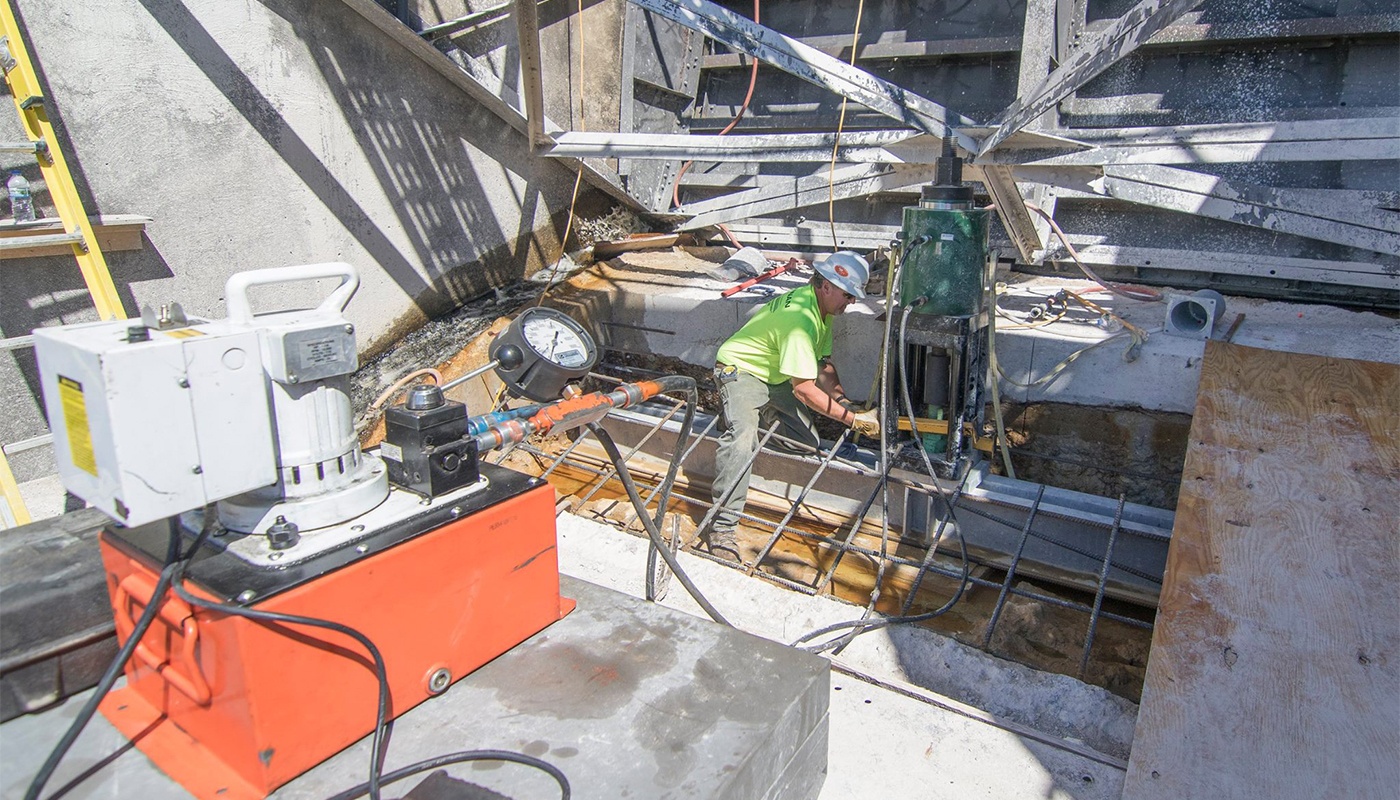


 Newer Posts
Newer Posts